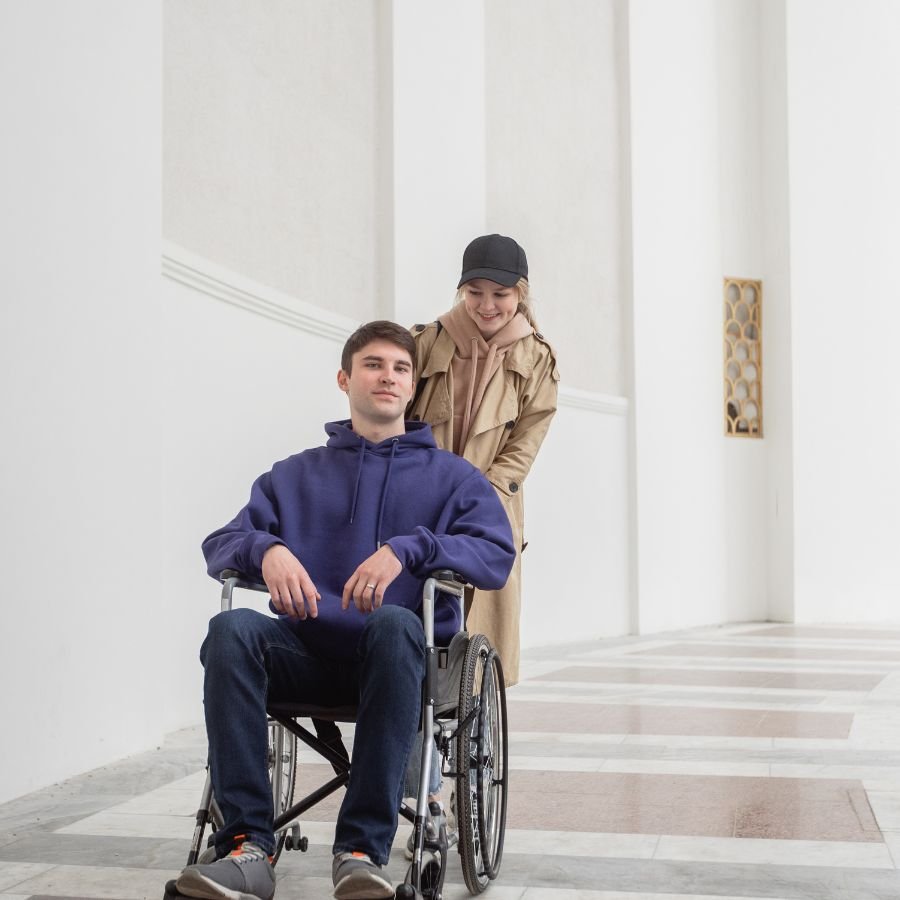Supported Independent Living (SIL) is much more than offering a roof and routine assistance. It’s about creating opportunities for independence, connection, and personal growth. Under the National Disability Insurance Scheme (NDIS), SIL helps participants not only manage daily living but also engage in meaningful social and community activities.
A quality SIL provider understands that emotional wellbeing and a sense of belonging are just as important as physical care. By supporting participants in social activities, providers help build stronger, happier, and more confident individuals who thrive within their communities.
Understanding SIL: The Foundation of Empowered Living
What Is Supported Independent Living (SIL)?
Supported Independent Living refers to funded NDIS support that enables participants with disabilities to live independently while receiving assistance with daily activities. These supports may include personal care, meal preparation, household tasks, and developing essential life skills.
But the real essence of SIL lies beyond basic care—it’s about helping participants enjoy a fulfilling lifestyle, participate in social experiences, and feel truly integrated within society.
The Role of SIL Providers in the NDIS Ecosystem
SIL providers play a central role in each participant’s journey. They create a safe, supportive environment that encourages skill-building and social participation. Providers coordinate closely with participants, families, and other professionals to design individualized support plans aligned with each participant’s goals, preferences, and interests.
Social Participation: A Key Pillar of Wellbeing
Social inclusion contributes directly to mental health, confidence, and happiness. By helping participants connect with others, SIL providers ensure that their clients don’t just live independently—they live meaningfully. Social engagement builds communication skills, fosters emotional resilience, and promotes community belonging.
How SIL Providers Encourage Social Activities
1. Personalized Social Plans
Every participant is unique. That’s why SIL providers take time to understand personal interests, passions, and comfort zones. Through discussions and assessments, they design customized social participation plans that align with NDIS goals.
Examples include joining art workshops, attending fitness classes, exploring local events, or volunteering at community centers.
Personalized plans ensure that participants take part in activities that reflect who they are—not just what’s available.
2. Group Activities and Shared Living Events
Shared living arrangements offer perfect opportunities for group bonding and shared experiences. SIL providers often organize group activities like:
-
Movie nights or BBQs.
-
Shared cooking sessions.
-
Local outings to parks, cafes, or community markets.
-
Celebrations of birthdays, holidays, or cultural events.
Such group events help participants develop friendships, social confidence, and a sense of camaraderie within their living environment.
3. Building Everyday Social Skills
Social participation doesn’t only occur during planned events—it happens in daily interactions. SIL support workers play a vital role in coaching participants on communication and relationship skills, helping them express themselves, handle social cues, and navigate different social situations.
Over time, participants become more confident in starting conversations, joining group activities, and forming meaningful friendships.
4. Access to Community Programs
Many SIL providers collaborate with local organizations and councils to connect participants with community-based programs. These may include:
-
Local sports clubs.
-
Art or music workshops.
-
Volunteer programs.
-
Disability-friendly community festivals.
This type of engagement encourages participants to step beyond their comfort zones and explore new interests.
5. Facilitating Friendships and Peer Networks
SIL providers often establish peer-support systems within and outside their facilities. Whether through group meetings, shared hobby clubs, or social networks, these opportunities allow participants to form genuine connections with peers who understand and share similar experiences.
These friendships can become a powerful source of motivation, emotional support, and long-term companionship.
The Benefits of Social Engagement for Participants
1. Emotional and Mental Wellbeing
Social engagement helps reduce loneliness and promotes mental health stability. Having friends and participating in community events can significantly improve mood and boost self-esteem.
2. Skill Development
Social activities help participants build essential life skills, such as teamwork, cooperation, and problem-solving—skills that empower them both socially and professionally.
3. Independence and Confidence
Each successful interaction increases confidence. Participants gradually become more independent in managing their social lives, planning activities, and communicating effectively.
4. Community Inclusion
Active participation in the community helps participants feel accepted, valued, and connected—key ingredients for a fulfilling and empowered life.
How to Choose the Right SIL Provider for Social Support
1. Look for Person-Centred Approaches
The best providers tailor support plans around each participant’s individual goals, preferences, and comfort levels.
2. Check Experience and Community Connections
Choose providers who have strong partnerships with local organizations and a record of organizing regular community engagement events.
3. Assess Staff Training and Attitude
Well-trained, compassionate staff make all the difference. Their ability to communicate, motivate, and understand participants’ emotional needs enhances every interaction.
4. Review Participant Feedback
Testimonials, reviews, and participant stories give real insight into how effectively a provider promotes social wellbeing.
Challenges and How Providers Overcome Them
1. Addressing Social Anxiety or Communication Barriers
SIL providers use gradual exposure—starting with one-on-one sessions before moving to group settings—to help participants ease into social situations.
2. Accessibility and Transportation Issues
Providers coordinate accessible transport, ensuring participants can attend community programs and social events comfortably.
3. Balancing Independence with Support
The aim is to encourage autonomy without overwhelming the participant. Support workers offer guidance while allowing freedom of choice.
The Future of SIL and Social Inclusion
The future of SIL is about blending innovation with compassion. Providers are now integrating digital social engagement—virtual workshops, online peer groups, and social media support—to help participants stay connected.
As awareness grows, SIL services will continue evolving toward co-designed experiences, where participants take the lead in shaping their social and community involvement.
Conclusion: Beyond Support — Building Belonging
SIL providers are more than caregivers—they are connectors, enablers, and community builders. By fostering social engagement, they help participants experience true inclusion and emotional fulfilment. Through personalized plans, group events, and skill-building support, SIL providers open the door to independence, friendship, and belonging.
Whether it’s attending a local event, volunteering, or simply sharing a meal with peers, every social interaction supported by SIL providers moves participants closer to a more empowered, meaningful life.
FAQs
Q1. What types of social activities do SIL providers offer?
A: Activities may include group outings, fitness classes, art sessions, volunteering, or community events based on participant interests.
Q2. Can participants choose their own social activities?
A: Yes. SIL providers follow a person-centred approach, ensuring participants select activities that align with their preferences and comfort.
Q3. Are social activities covered under SIL funding?
A: Some activities fall under SIL, while others may be supported by NDIS categories such as Community Participation or Capacity Building.
Q4. How do SIL providers help participants make friends?
A: Through group activities, peer clubs, and shared experiences, providers create spaces for participants to build lasting relationships.
Q5. What if a participant is shy or hesitant about socialising?
A: Providers introduce gradual, low-pressure opportunities to help participants build confidence over time.
Q6. How do SIL providers ensure inclusivity and accessibility?
A: They design activities that accommodate all abilities, communication styles, and mobility needs, ensuring everyone can participate safely and comfortably.




Leave a Reply